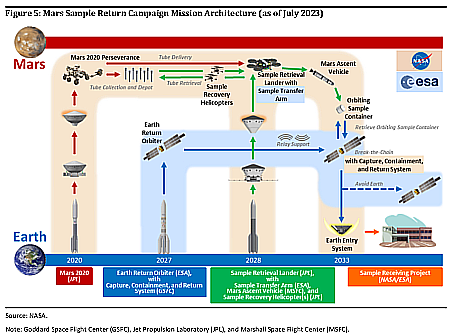Today’s blacklisted American: Former Trump lawyer, already disbarred in California because he took Trump’s case, now blackballed by his banks

What many banks are now doing to conservatives.
They’re coming for you next: John Eastman — a former Trump lawyer who was fired from a professorship, was banned from speaking at conferences and colleges, is being prosecuted by Fanni Willis in Georgia, and was then disbarred in California, all because he simply made a legal arguement in favor of Trump — has now been blackballed by his banks, USAA and Bank of America.
Bank of America alerted Eastman in September of 2023 that it would be closing his accounts, a letter obtained by the Daily Caller shows. Shortly thereafter, USAA notified Eastman in November that his two bank accounts with the company would be closed, a separate letter shows.
“And then two months later, we get a similar letter from USAA saying that they’ve decided that they’re going to close your account and they did like three weeks later,” Eastman told the Daily Caller. “And so that was where all of our automatic payments were coming out of, all our automatic deposits. So it was a real pain to shift everything. We had to get a new bank account opened and shift everything over.”
It is important to emphasize that Eastman has done nothing wrong. » Read more

What many banks are now doing to conservatives.
They’re coming for you next: John Eastman — a former Trump lawyer who was fired from a professorship, was banned from speaking at conferences and colleges, is being prosecuted by Fanni Willis in Georgia, and was then disbarred in California, all because he simply made a legal arguement in favor of Trump — has now been blackballed by his banks, USAA and Bank of America.
Bank of America alerted Eastman in September of 2023 that it would be closing his accounts, a letter obtained by the Daily Caller shows. Shortly thereafter, USAA notified Eastman in November that his two bank accounts with the company would be closed, a separate letter shows.
“And then two months later, we get a similar letter from USAA saying that they’ve decided that they’re going to close your account and they did like three weeks later,” Eastman told the Daily Caller. “And so that was where all of our automatic payments were coming out of, all our automatic deposits. So it was a real pain to shift everything. We had to get a new bank account opened and shift everything over.”
It is important to emphasize that Eastman has done nothing wrong. » Read more







